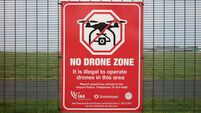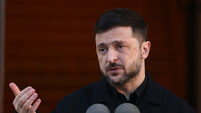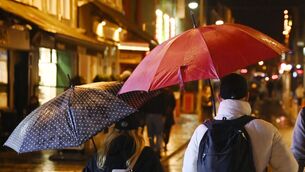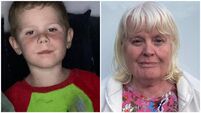Human traffickers preying on refugees at Ukraine borders
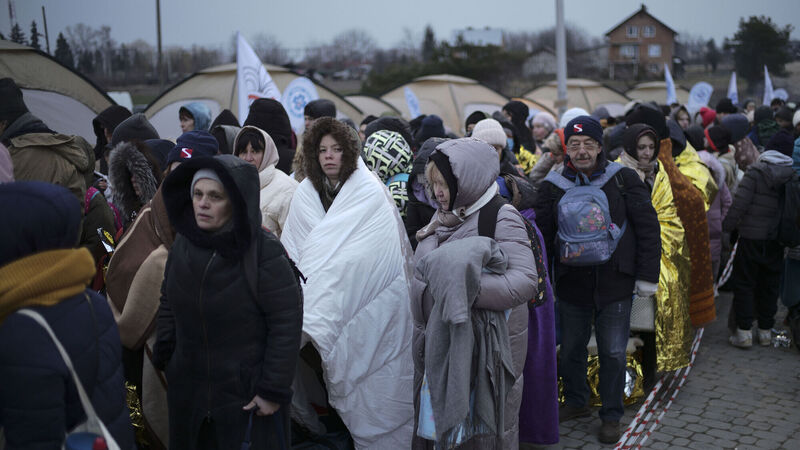
Refugees wait for transportation after fleeing from Ukraine. Picture: Markus Schreiber/AP
Human traffickers at the borders are preying on women and children fleeing Ukraine, while the remaining men and women within the war-ravaged country and desperate for work are at risk of internal exploitation.
Varvara Zhluktenko, national communications officer with the UN’s International Organisation for Migration (IOM) mission in Ukraine, said they were extremely concerned about the problem of human trafficking.





